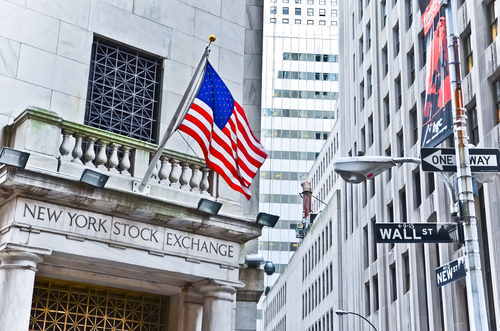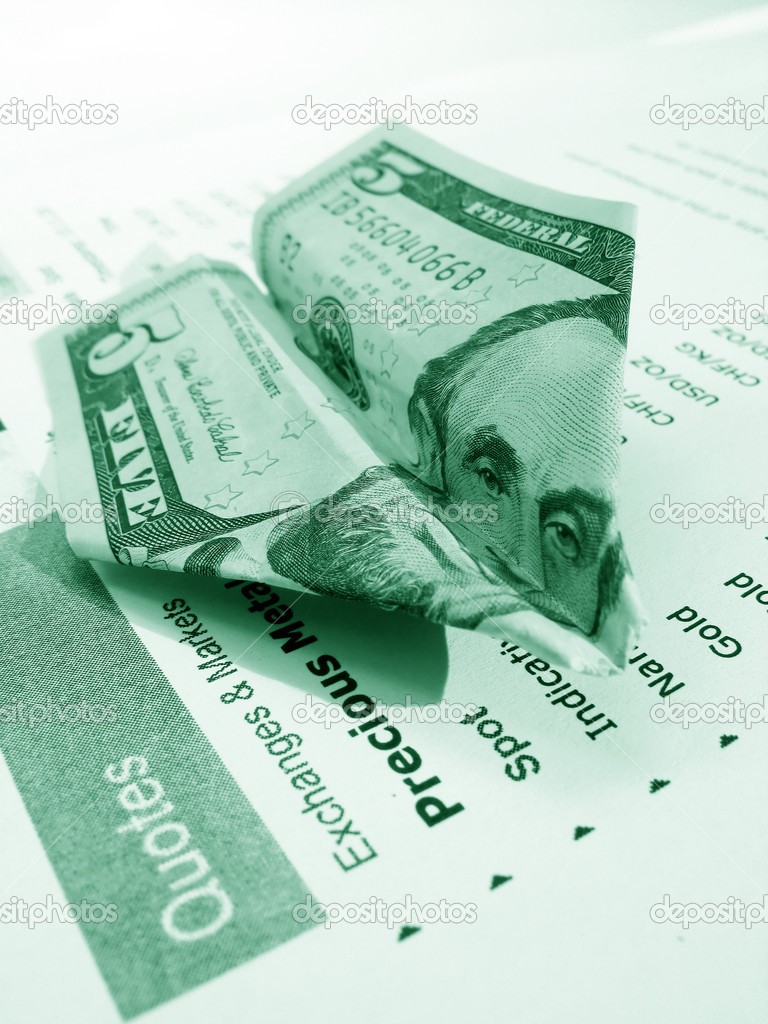Dr. Rasmus continues the review of the Federal Reserve Bank, showing how the private banks today control the Fed more than ever in recent decades.…

Federal Open Market Committee

Dr. Rasmus reviews the Federal Reserve’s interest rate hike decision this past week, showing how the Fed’s justifications for the rate hike based on ‘data’…

The US stock markets are recognized by a growing number of analysts as approaching, or already in, bubble territory. Yet stocks have ratcheted up another…

As the economy again started off the year on a sour note, the glass-half-full crowd pointed to the strength of the U.S. jobs market as…

The host Cliff Stewart, Lisa Stewart and Lamont Banks will be shining a Spotlight on Congressman John Conyers Jr., who in November 2014 was elected…

Everyone take a deep breath. This isn’t 2007 again. The banks aren’t loaded with $10 trillion in “toxic” mortgage-backed securities, the housing market hasn’t fallen off a…
Economic forecasters exist to make astrologers look good, but I’ll hazard a guess. I expect the U.S. economy to sputter in 2016. That’s because the…

The following text is an English transcript (translation) of an RT Berlin Interview in German regarding an apparent secret agreement between the European Central Bank (ECB)…

Everyone has seen the chart of "Total Credit Market Instruments", which as of its most recent update on March 31, 2015, was just over $59…
Federal Reserve officials will probably cut their forecasts for economic growth when they gather again next month, though not enough to deter their intent to raise…

The following is an excerpt from TOWER OF BASEL: The Shadowy History of the Secret Bank that Runs the World by Adam LeBor. Reprinted with permission from…

After last week’s air tragedy, maybe a poor thought process but please stay with me. Would you ever get on an airplane if there was no pilot? …